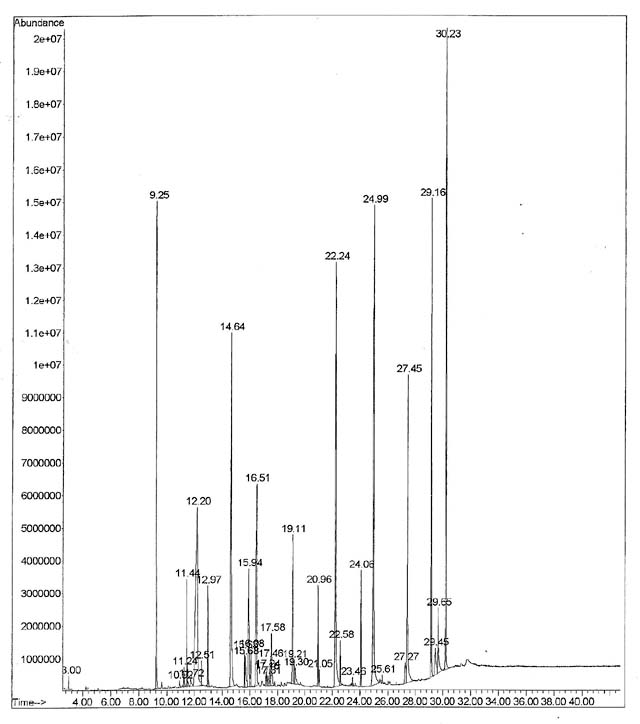
![]() Contributed by Amber Henry, MD and Matthew Krasowski, MD, PhD
Contributed by Amber Henry, MD and Matthew Krasowski, MD, PhD
CLINICAL HISTORY:
DL is a 53-year-old male with past medical history significant only for hepatitis C. He was discovered one afternoon convulsing and unresponsive in a cemetery. He was initially taken to UPMC Northwest, where he was intubated for airway protection and loaded with phenobarbital 1 gram IV to treat the diffuse muscle spasms. His vital signs at this time included a temperature elevated to 39.0oC, a blood pressure of 143/74 mm Hg, a heart rate of 120 beats per minute, respiratory rate of 17 breaths per minute, and an oxygen saturation of 100%. An arterial blood gas demonstrated profound combined metabolic and respiratory acidosis with pH 6.55 (reference range 7.35-7.45), pCO2 92 mm Hg (reference range 35-48 mm Hg), pO2 368 mm Hg (reference range 83-108 mm Hg), HCO3 10 mEq/L (reference range 22-26 mEq/L). He was transferred to UPMC Presbyterian for further management.
Upon arrival in the UPMC Presbyterian Emergency Department he received IV fluids, sodium bicarbonate, propofol for sedation, and a muscle paralytic. He was also provided with a cooling blanket and an acetaminophen suppository to lower his elevated core temperature. A chest X-ray and head CT were negative.
A repeated arterial blood gas now showed: pH 7.42, pCO2 36 mm Hg, HCO3 23 mEq/L. Troponin increased from 0.44 ng/mL (reference range < 0.1 ng/mL) at 20:36 to 1.13 ng/mL (reference range < 0.1 ng/mL) by 04:00 the following morning, with some non-specific ST-T wave abnormalities on electrocardiogram. His CPK level was first measured to be 791 IU/L (reference range 0-200 IU/L) at 20:36, and by 04:00 the following morning CPK had increased to 20150 IU/L. Over the following three days CPK measurements remained elevated, ranging from 10781 IU/L to 26701 IU/L. Drug of abuse screens by immunoassay performed at 20:36 revealed unconfirmed positive results for barbiturates (detection limit = 200 ng/mL) and unconfirmed positive results for cocaine (detection limit = 300 ng/mL). Urine was further analyzed by gas chromatography/mass spectrometry (GC/MS). The total ion chromatogram is shown in Figure 1.
